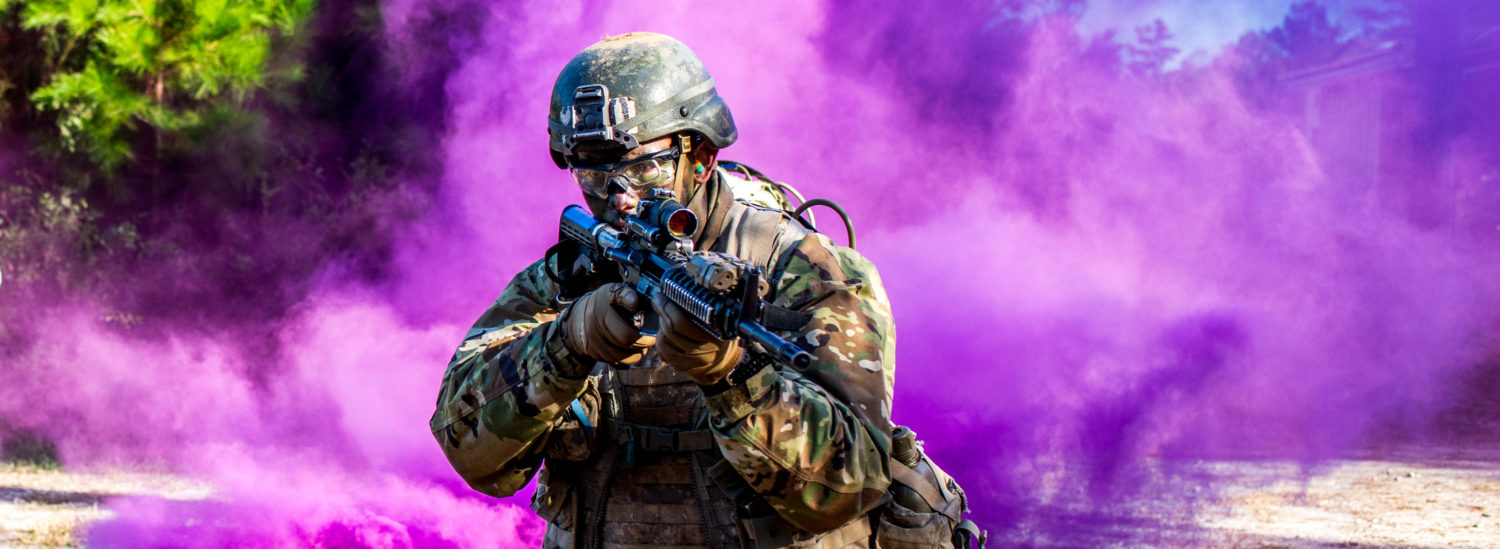Here are the articles that appeared on the PS Magazine website over the past week (25-29 October 2021):


Here are the articles that appeared on the PS Magazine website over the past week (25-29 October 2021):

The modern-day maneuver company commander juggles many priorities in the execution of their duties. Among these is the management of their small Unmanned Aircraft System (sUAS) program. This includes both the standard Raven or even the bigger, fancier Puma. But these assets are often squandered at the company level. The need to train a proficient crew, employ the system and deconflict air space is too much for company commanders to manage. The management of this program should be at the battalion level. This results in a better managed, utilized and integrated sUAS program, while allowing maneuver company commanders to focus on what is actually important: the fight.

The most important relationship in the Brigade Combat Team (BCT) Intelligence War-fighting Function (IWfF) is between the BCT S2 Officer in Charge (OIC) and the Military Intelligence Company Commander (MICO CDR). These two have to own the problems and solve them. They accomplish this through a holistic intelligence enterprise, rather than divided as MICO problems or S2 problems. That mindset discourages collaboration. At times, it is an insurmountable obstacle. But it requires motivated, talented leaders engaged at every echelon from the MICO teams, BN/BCT S2 sections, and BN/BCT CDRs.

Here are the articles that appeared on the PS Magazine website over the past week (18-22 October 2021):

Leaders at all levels, from privates to generals, are ultimately responsible for success or failure on the battlefield. A huge part of preparing for combat is making sure the myriad of equipment, vehicles and weapons used by soldiers can perform when needed. That also extends to supply and logistics functions, the lifeblood of all combat operations.

The term “Sniper” became popular during WWI and the mystic appeal has grown since. A single shot can be more devastating than a burst from a machine gun or artillery fire. ATP 3-21.20 Infantry Battalion describes the sniper squad as the most tactically and technically proficient Infantry soldiers. They are especially valuable when fighting an enemy that tries to blend in with the local population. Snipers are most effective when leaders in the supported unit understand sniper teams’ capabilities, limitations, and tactical employment. Unfortunately, many leaders don’t fully understand the benefits of using snipers to their fullest potential. But this isn’t just the fault of commanders…we – the sniper squad leaders and community – own some of that blame.

In December 2017, as part of the 3BCT, 101st ABN (AASLT) Brigade Field Training Exercise, my Dismounted Chemical, Biological, Radiological, Nuclear, and (CBRN) Reconnaissance (RECCE) Platoon received a mission to support an infantry battalion task force air assault operation to seize an objective with an underground storage facility for chemical weapons. In planning and executing this training mission, we validated many aspects of our individual and team collective training leading up to this BCT collective training exercise. We also identified many of the challenges and gaps in our training both internal to the CBRN RECCE Platoon and ways the Brigade Engineer Battalion and the BCT could facilitate better training.

It seems so simple, which is likely why we mess it up so often. Running a small arms range is a basic task for any new lieutenant or platoon leader. And yet, leaders often fail to maximize these training events. I recently had a former soldier of mine, turned green-to-gold lieutenant, reach out to ask for advice as he prepared to plan and execute his first small arms range. Below is a version of the thoughts I sent back to him.

Few officers arrive prepared to be a battle captain and the Army doesn’t provide formal training for the position. Although the role is typically an additional duty, the performance and experience of this single officer can have outsized impacts on unit effectiveness. A unit that invests even a little time in the selection and preparation of their battle captains will experience asymmetric returns. They will gain benefits in the immediate, upcoming operations as well as in the development of a future organizational leader. A well-trained and well-informed battle captain provides organizational flexibility, enables greater coordination among subordinate units, and empowers leaders to make better decisions.

The prevalence and pervasiveness of disinformation, and its effect on the force is a polarizing topic. Call it what you would like: fake news, propaganda, information warfare etc. The fact remains that disinformation has seeped into not only civil society, but within our formations. Right now, in your unit area, there are soldiers and leaders with their necks craned-downward – either sitting down or leaning against a wall – staring at his/her smartphone and scrolling through social media pages. Embedded amongst the benign posts by friends, fitness pages and news outlets, is malign disinformation. Some disinformation is specifically designed to target service members, or public perceptions of the military. Disinformation is often skillfully designed to look legitimate and is difficult to counter. Disinformation poses a threat to unit cohesion may create mindset that runs counter to the Army Ethic. Legitimate beliefs become morphed into polarizing, divisive actions.
